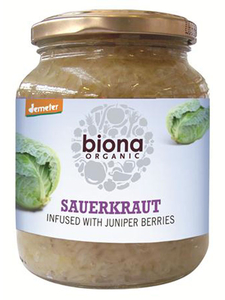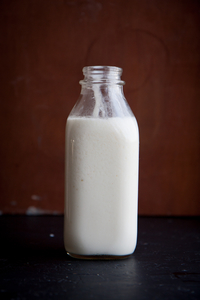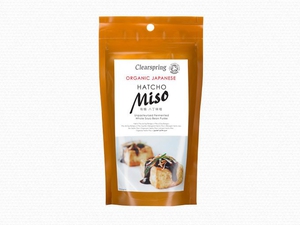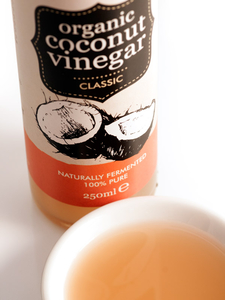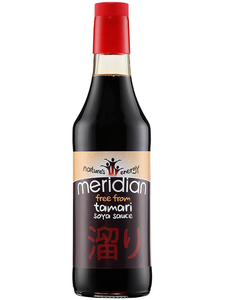AN INTRODUCTION TO FERMENTED FOODS
Fermented foods have been around for centuries. From Miso to kefir, Kimchi to sauerkraut – there are examples of fermented foods in many different cultures. Fermented foods are gaining popularity nowadays, but many people ask us why are fermented foods good for us? Here we introduce our top fermented foods and how to use them.
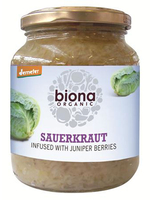
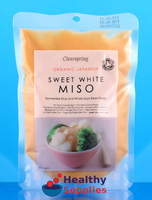
Sauerkraut is really popular in Eastern Europe where it is often served at meals. Sauerkraut is made by lactic fermentation, an age-old technique rich in health benefits. You can eat sauerkraut in accompaniment with most main meals, we love making sauerkraut soup! Really easy and packed full of goodness!
Kimchi (via chinasichuanfood.com)
Kimchi is another form of fermented cabbage which is really popular in Asia. Similar to probiotic yoghurts, kimchi contains lactobacilli which helps digestion.
kefir is one of the best known probiotic food sources known to man. Unlike normal yoghurt, it contains about 30 strains of bacteria and yeasts, making it a powerful probiotic food source.
Miso has been enjoyed in Asia for centuries, in Japanese its name means ‘fermented beans’. It contains all amino acids meaning it is a complete protein. It also is rich is good bacteria meaning that it is great for digestion. We sell a wide range of misos which you can use in a variety of sweet and savoury dishes.
Coconut vinegar is gaining in popularity in the food world. Like apple cider vinegar, the nutritional properties in coconut vinegars are thought to help with digestive health. In comparison with apple cider vinegar, there are even more vitamins, minerals and amino acids. A win win situation all round!
Tempeh (via divinehealthyfood.com)
Tempeh is sometimes listed as one of the world’s most healthiest foods! Unlike tofu, the soya beans in tempeh are whole and fermented. This means that it contains good bacteria and is rich in protein, amino acids and antioxidants.
Tamari is a fantastic option for those with a gluten intolerance. Tamari was traditionally a by product from the fermentation of miso. Its rich flavour is due to the amino acids found in soy. It contains less salt than traditional soya sauces meaning you can use it to enhance flavours of foods whilst lowering your salt intake!
Sourdough is easier to digest than most breads. This is due to the way the bread is made and the vital ingredient – the sourdough starter! Lactic acids in the bread slow down the release of glucose into the bloodstream, meaning you don’t get big spikes in your blood sugar levels. They also help you absorb the vitamins in the bread a lot more easier.

